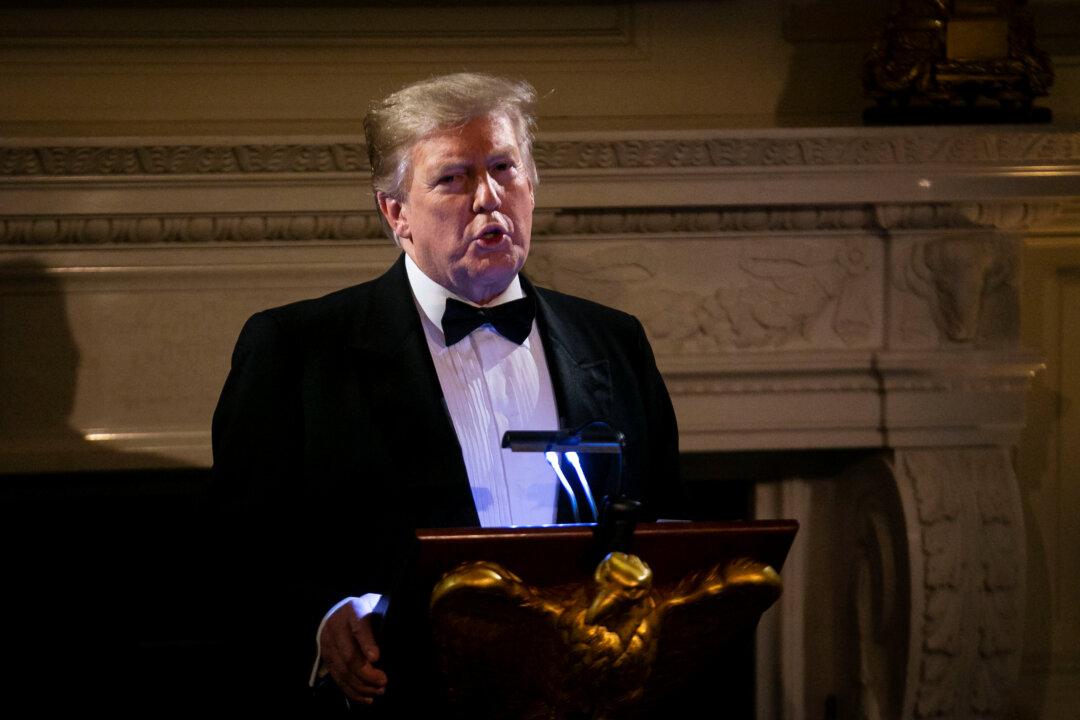WASHINGTON—President Donald Trump said on Feb. 25 he may soon sign a deal to end a trade war with Chinese leader Xi Jinping if their countries can bridge remaining differences, saying negotiators were “very, very close” to a deal.
Markets rallied after Trump said on Sunday he would delay an increase in U.S. tariffs on $200 billion of Chinese goods and extend his March 1 deadline for a deal.





